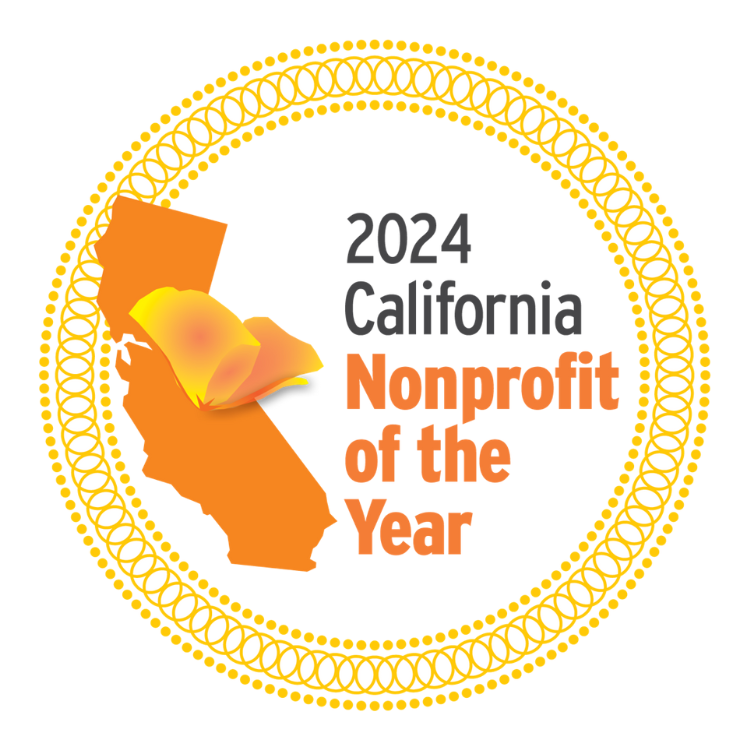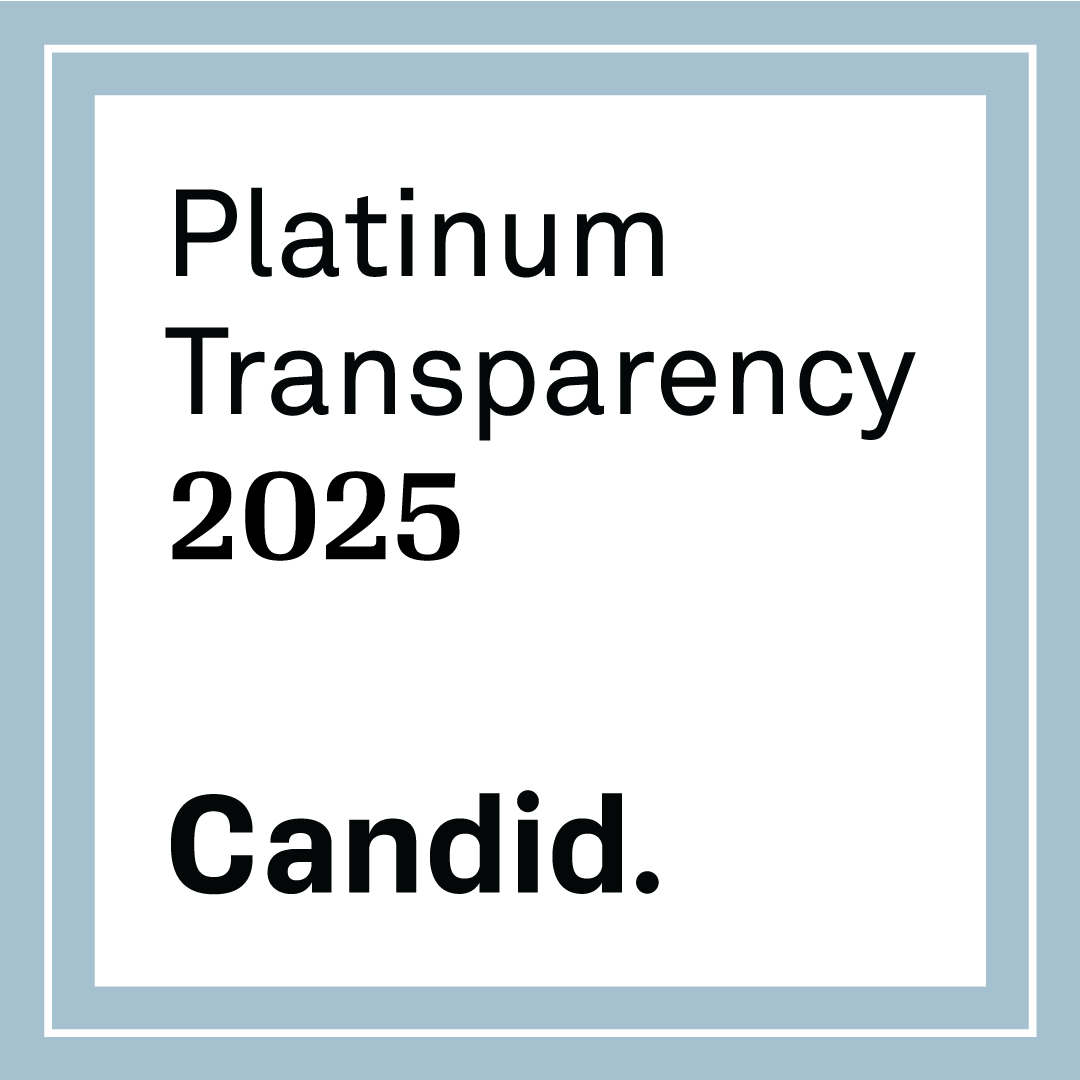Yesterday, Orange County saw its first significant rain of the season. While the rain brings much-needed relief to our dry landscapes, it also marks a critical moment for our waterways. You may have heard the saying “don’t go in the ocean after it rains,” but why is that? And what if we could change it?
As your local voice for clean water, we want to explain what the “first flush” means for our watershed and how you can help protect our coast.
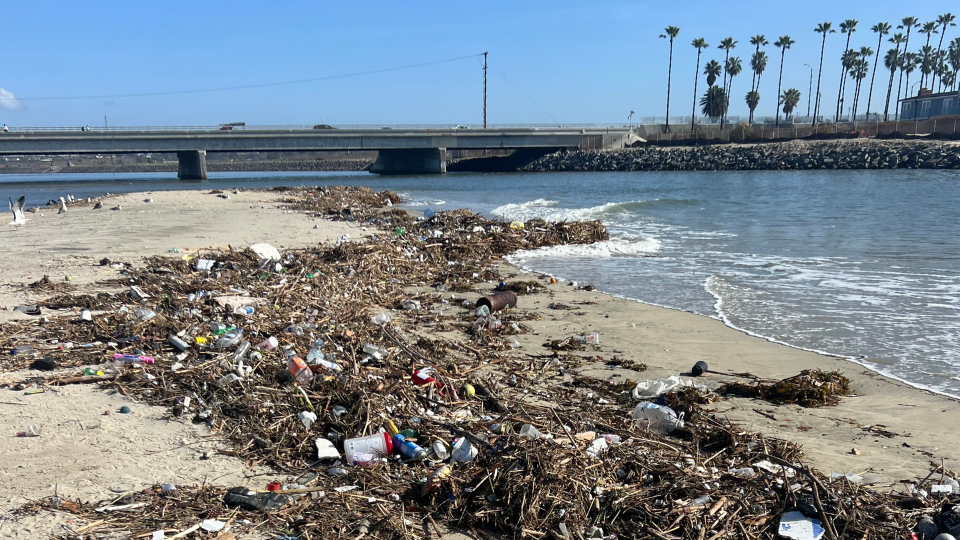
When the first significant rainstorm of the season arrives, it triggers a phenomenon known as the first flush. During this event, months of accumulated debris, trash, and pollutants from creeks, streets, flood channels, and storm drains are washed directly toward the ocean. The harbors of Newport Beach, Huntington Beach, and Dana Point often become clogged with tons of debris that can float for weeks, wash ashore, or sink and smother marine habitats.
Along with trash, the runoff carries pollutants, such as oil, grease, and metals from roads and industrial sites, and excess nutrients and pesticides from landscapes and agricultural areas. All of this flows untreated into local waterways. Stormwater runoff is the leading cause of ocean degradation in our region and contributes to issues like domoic acid poisoning and harmful algal blooms.
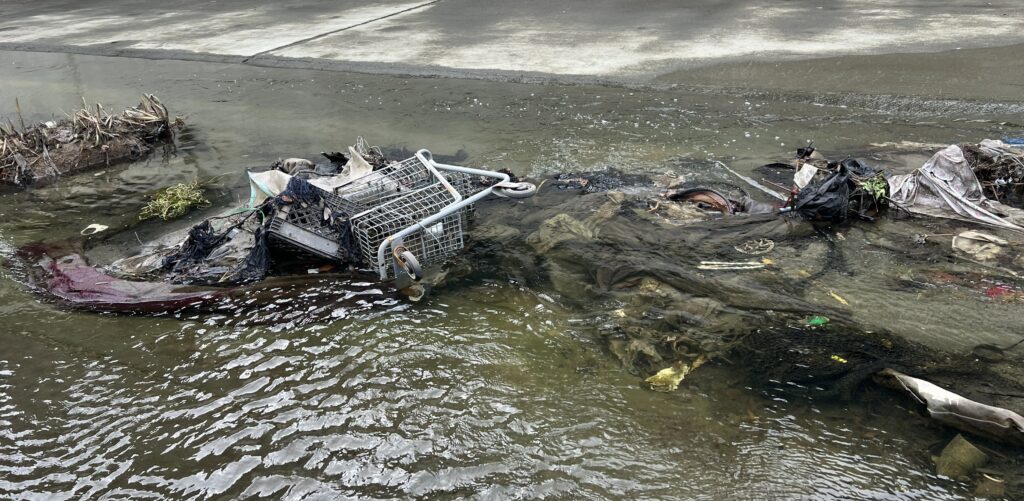
So what can we do, both today and in the future?
Shape smarter policy.
The most powerful change comes from the top through an updated MS4 Permit (Municipal Separate Storm Sewer System), the key regulation governing how cities and the county manage stormwater. The Santa Ana Water Board will soon release a new draft MS4 permit, and Coastkeeper will be calling on community watchdogs like you to speak up for clean water. Read more about MS4 permits here.
Capture rain before it becomes runoff
Every drop we keep out of the storm drain helps. Homeowners can capture and reuse rainwater for irrigation, while businesses can treat and repurpose stormwater to support innovative operations and reduce water use. Together, these actions reduce the total runoff entering our storm drain systems, easing the strain during major rain events and keeping pollutants out of our waterways.
Take action on the ground
After yesterday’s storm, we are expecting major debris buildup along our beaches, especially near outlets like the Santa Ana River Mouth between Huntington and Newport Beach. Join a Coastkeeper cleanup or start your own to help our coast recover faster after the storm.
While it is still best to avoid swimming after heavy rain when pollution levels are at their highest, we can work toward a future where stormwater no longer forces long beach closures or endangers marine life. Through stronger policies, smarter water management, and community commitment, we can protect our coast and keep our waters safe year-round.


